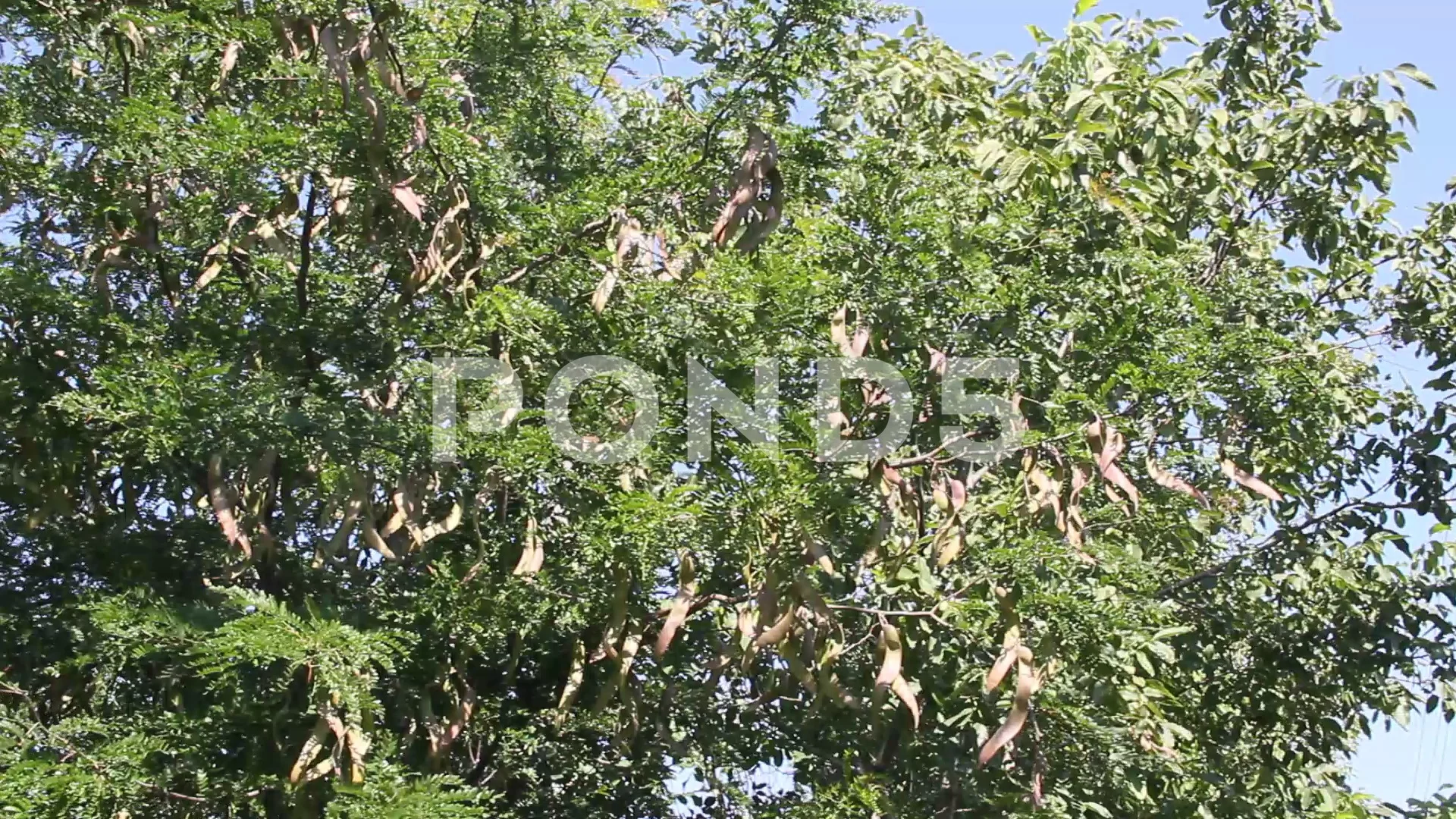The fruits are edible and taste sweet. These species can be distinguished by the following differences.
 Honey Locust Tree Gleditsia Triacanthos Fruit Stock Photo
Honey Locust Tree Gleditsia Triacanthos Fruit Stock Photo
Members of the pea family locust trees produce large clusters of pea like flowers that bloom in spring followed by long pods.
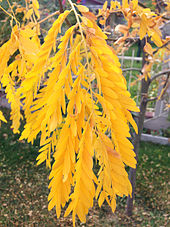
Honey locust tree fruit. There are also varieties without thorns. Unlike black locusts honey locust trees are not honey plants. In the fall the leaves turn yellow.
The honey locust cannot survive exposure to temperatures below 33 degrees fahrenheit. The honey locust tree is a hardy tree and can grow well in different types of soil. The tree has attractive gray brown bark and an open graceful canopy with tiny oval leaves.
Like black locust different parts of the honey locust tree are. The honey locust gets its name from the sweet honey like substance found inside its pods. Its timber is highly valued for making furniture as it is hard and durable.
Honey locust gleditsia triacanthos is somewhat similar to mysore thorn caesalpinia decapetala and parkinsonia parkinsonia aculeata. The name may be derived from the sweetness of the pulp that is also used for making beer. The honey locust is able to grow in a variety of soils temperatures and moisture conditions.
Also makes a nice shade tree. The seeds pods are used as fodder for livestock. Thornless honeylocust rootstock rootstocks the thornless rootstock of choice for grafting the named varieties of high quality podded honeylocust varieties onto.
The leaves are considered to be slightly toxic. Honey locust is highly adaptable to different environments has been introduced worldwide and is an aggressive invasive species. You might think that the name honey locust comes from the sweet nectar that bees use to make honey but it actually refers to the sweet fruit that is a treat for many types of wildlife.
Loam wet well drained sandy acidic and even moist rich soil works well for the honey locust tree. The honey locust gleditsia triacanthos also known as the thorny locust or thorny honeylocust is a deciduous tree in the family fabaceae native to central north america where it is mostly found in the moist soil of river valleys. The tree has moderate tolerance for flooding and drought.
Honey locust gleditsia triacanthos is a large tree often with numerous large branched spines on its main trunk and older branches. The fruit of the honey locust is a pod which has edible pulp on the inside. The honey locust has its origins in the subtropical forests of north and south america asia and africa.
Locust trees can be found lining the streets of many towns and pathways in parks. In fact it is one of the few trees that can survive the alkaline soil in chicago. Unlike large leaved trees the lacey leaves of honey locust allow sunlight to filter to the ground below so grass and plants can grow.
Honey locust tree is a popular landscape tree used as a medium to large tree in garden designs. Finally the precipitation range for the honey locusts growth is about 35 inches per year.

 Honeylocustpod Honey Locust Honey Locust Tree Edible
Honeylocustpod Honey Locust Honey Locust Tree Edible
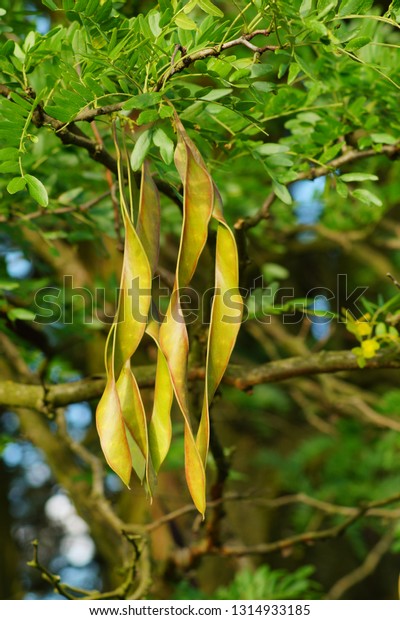 Honey Locust Tree Gleditsia Triacanthos Fruit Stock Photo
Honey Locust Tree Gleditsia Triacanthos Fruit Stock Photo
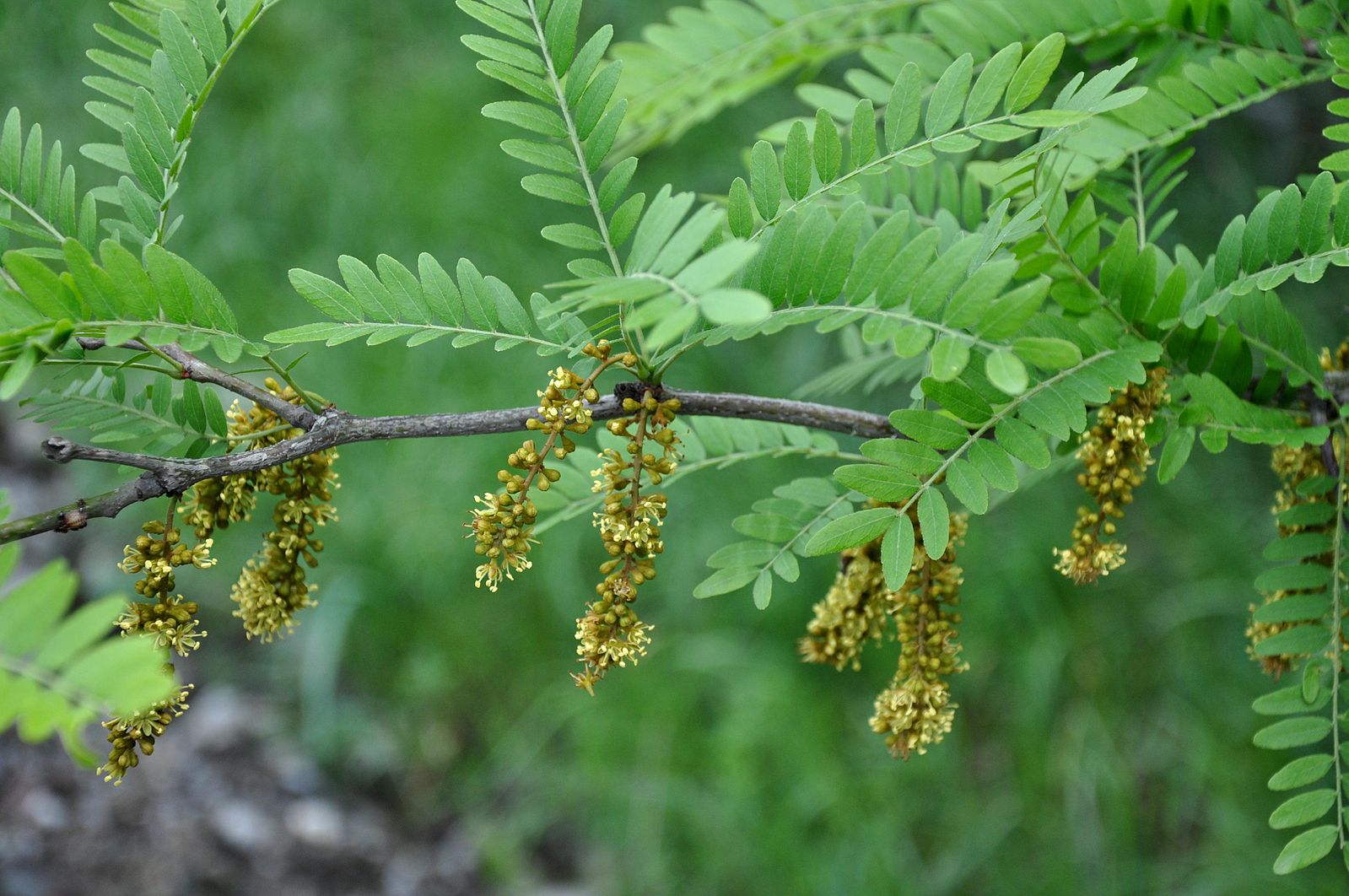 Tree Of The Month Honey Locust Casey Trees
Tree Of The Month Honey Locust Casey Trees
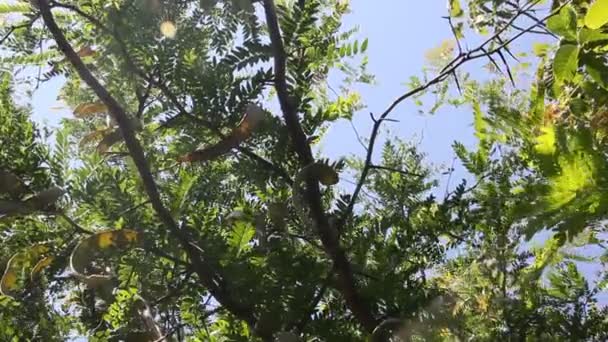 Honey Locust Tree Gleditsia Triacanthos With Fruit
Honey Locust Tree Gleditsia Triacanthos With Fruit
 Locust Trees Varieties And Growing Guide Gardening Channel
Locust Trees Varieties And Growing Guide Gardening Channel
 A Guide To Fruit Trees In The Home Garden The Planthunter
A Guide To Fruit Trees In The Home Garden The Planthunter
 Honeylocust Native Trees Of Indiana Purdue Fort Wayne
Honeylocust Native Trees Of Indiana Purdue Fort Wayne
 Honeylocust Honey Locust Gleditsia Triacanthos Fruits On
Honeylocust Honey Locust Gleditsia Triacanthos Fruits On

 Honey Locust Tree Gleditsia Triacanthos With Fruit
Honey Locust Tree Gleditsia Triacanthos With Fruit


